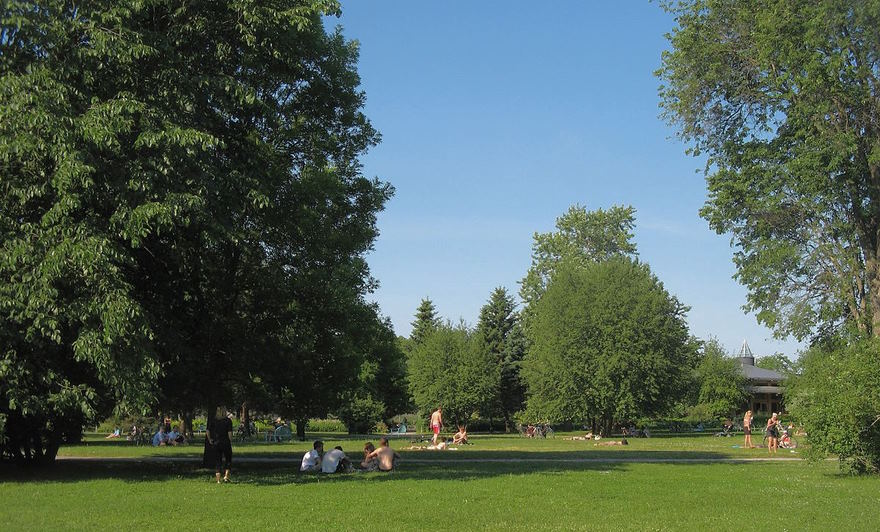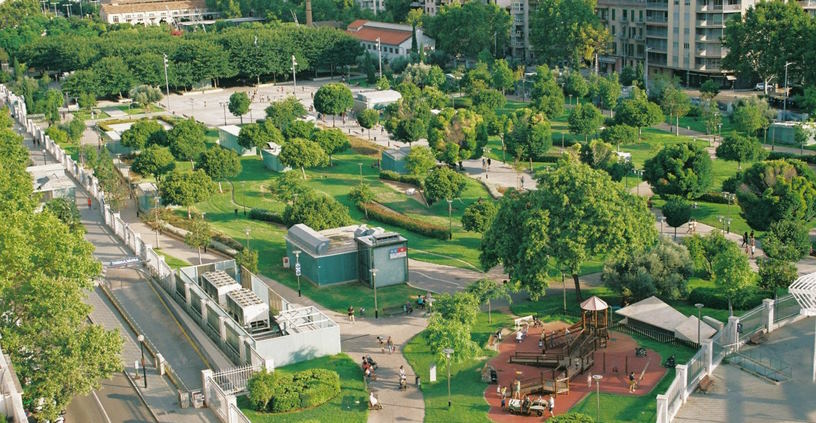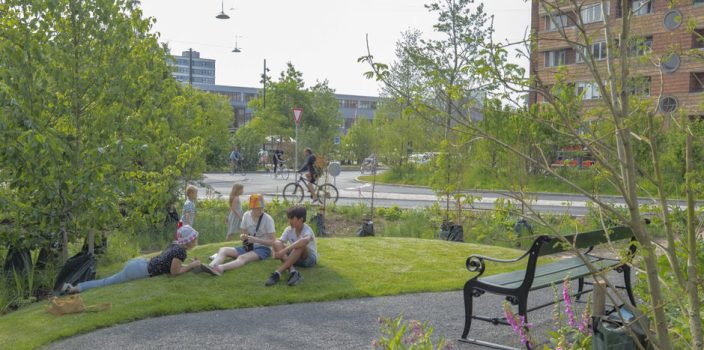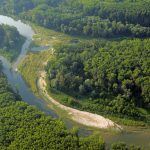As the world rapidly urbanizes, with more people living in cities than ever before, the importance of green spaces in urban environments cannot be overstated. Urban green spaces, such as parks, gardens, and green rooftops, play a crucial role in promoting the health and well-being of urban dwellers. They provide much-needed respite from the concrete jungle, offering opportunities for physical activity, mental relaxation, and social interactions. In this article, we will explore the vitality of green spaces in promoting urban health and well-being. From their historical significance to the current challenges faced in urban environments, we will delve into the multifaceted benefits of urban green spaces for physical, mental, and social health. Furthermore, we will examine innovative approaches to enhancing green spaces in urban areas, including urban planning and design strategies, community engagement, and technological innovations. Through case studies of successful urban green space projects, we will highlight the transformative power of green spaces in creating healthier, more sustainable, and vibrant cities. It is time to recognize and prioritize the pivotal role of urban green spaces in promoting the health and well-being of urban dwellers in our quest for more livable cities.
Current Challenges in Urban Environments
As cities continue to grow and urbanize, they face various challenges that can impact the health and well-being of their residents. One major challenge is the negative effects of urbanization on health. The concentration of people and activities in urban areas can lead to increased air pollution, resulting in respiratory issues and other health problems. The stress of urban living, including noise pollution, overcrowding, and long commutes, can also take a toll on mental health, leading to increased stress, anxiety, and other mental health disorders. Additionally, sedentary lifestyles, brought on by factors such as lack of green spaces and reliance on cars for transportation, can contribute to rising rates of obesity and chronic diseases in urban areas.

Another challenge is the inequitable access to urban green spaces among different populations. Low-income communities and communities of color often face disparities in access to green spaces, including parks and gardens, which can limit their opportunities for outdoor recreation, physical activity, and social interactions. This can exacerbate health disparities, as these communities may have fewer opportunities to engage in healthy behaviors and enjoy the benefits of green spaces.
Loss of green spaces due to urban development is also a pressing challenge. As cities expand and urbanize, natural green spaces such as forests, wetlands, and meadows are often converted into built environments to accommodate the growing population and economic activities. This can result in the loss of vital ecosystems, biodiversity, and green spaces that provide important health and environmental benefits to urban areas, including air purification, temperature regulation, and stress reduction.
Conservation efforts are crucial to protect and preserve existing green spaces in urban environments. Strategies such as green infrastructure, urban forestry, and sustainable urban planning can help mitigate the loss of green spaces due to urban development and ensure that urban environments are designed with a focus on sustainability, health, and well-being.
Benefits of Urban Green Spaces for Health and Well-being
Urban green spaces, such as parks, gardens, and green rooftops, offer a multitude of benefits for the health and well-being of urban dwellers. These green oases in the midst of concrete jungles provide a range of physical, mental, and social health benefits that contribute to creating healthier, happier, and more vibrant urban communities.
One of the key benefits of urban green spaces is the positive impact on physical health. Green spaces act as natural filters, helping to improve air quality by absorbing pollutants and releasing oxygen, which can have significant health benefits for urban residents. Breathing cleaner air can reduce the risk of respiratory diseases, such as asthma, and other chronic health conditions related to air pollution. Green spaces also encourage physical activity, providing opportunities for walking, jogging, cycling, and other outdoor recreational activities. Regular physical activity can help reduce the risk of chronic diseases, such as obesity, diabetes, and cardiovascular diseases, and improve overall physical well-being.

In addition to physical health benefits, urban green spaces also play a crucial role in promoting mental health and well-being. Spending time in nature has been shown to have a positive impact on mental health, including reducing stress, anxiety, and depression. Green spaces provide a tranquil environment for relaxation, meditation, and reflection, helping to reduce the negative effects of urban stress and improve mental well-being. Studies have also shown that exposure to nature can improve mood, increase cognitive function, and enhance creativity, contributing to improved mental performance and well-being.
Furthermore, urban green spaces offer social benefits that foster social interactions, community cohesion, and social well-being. Green spaces provide opportunities for people to connect with nature and with each other, promoting social interactions and community engagement. Parks and gardens are often used as gathering spaces for recreational activities, social events, and cultural celebrations, creating a sense of community and belonging among urban residents. Green spaces also help reduce social isolation, particularly among vulnerable populations such as seniors and low-income communities, by providing safe and welcoming spaces for social interactions and community engagement.



